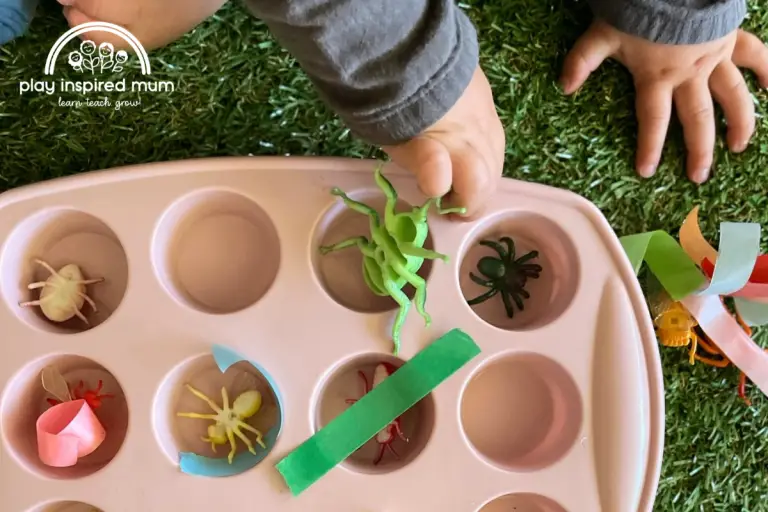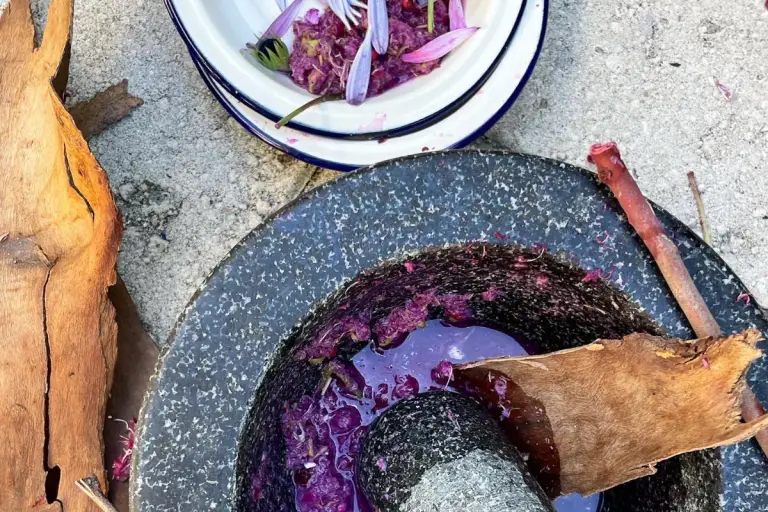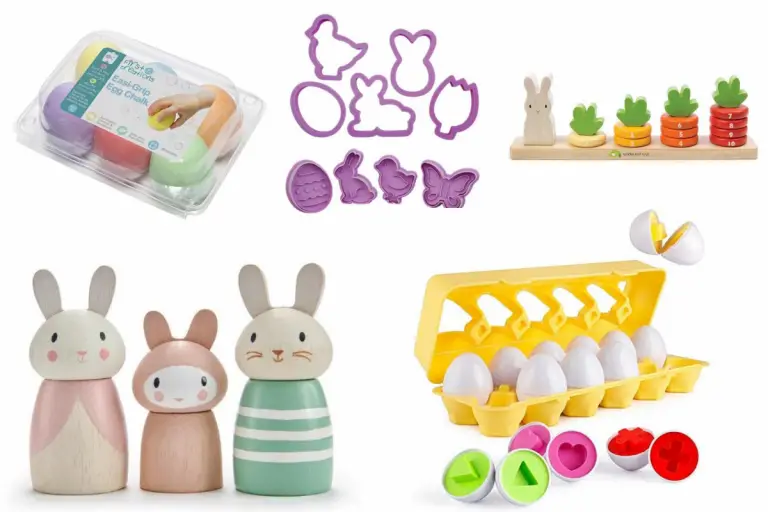Strengthening Fine Motor Skills with Pegs
Disclosure: This blog contains affiliate links which I may earn a small commission from if you purchase through them, at no extra cost to you.
Valuable toddler activities that can really can make a difference to your child’s development include strengthening fine motor skills with pegs!
One of the biggest issues educators are seeing with kids entering kindy is their lack of fine motor skills. This in turn, presents challenges when it comes to handwriting, cutting with scissors, tying shoes and fastening buttons, amongst other important life tasks.
With this in mind, I try to offer opportunities to strengthen those tiny muscles in the fingers and hands throughout our play. These activities are often so simple, affordable and engaging. Here are some simple toddler activities that we do using a resource that is in most family homes already – pegs!
Strengthening Fine Motor Skills with Pegs
This article is about how fine motor pegs and other toys like them help improve and fine tune fine motor skills . It starts out talking about what fine motor skills are and how they work.
Then it goes into talking about the 5 main fine motor skills that you can use fine pegs to develop (pincer grip, tripod grasp, lateral pinch, palmar grasp, axial grasp). The last section of the article talks about how fine motor skills can be developed using pegs and other toys.
- What are fine motor skills
- Why fine motor skills are important to develop in early childhood
- The five main fine motor skills
Fine motor skills are essential for children as they grow older.
This vital area of development can be improved by playing with pegs as toys- yes the very same pegs that you would use to hand out your washing!
Pegs are one of the most fundamental resources that children can play with to help them hone these skills.
It’s best if you start playing with pegs or other similar toys when your child is around 18 months old. From here, typically your toddler should have developing strength and coordination to be able to use a peg. If your child struggles to use a peg, there are lots of other activities they can enjoy to further improve their skills before trying again in a couple of months.
What are fine motor skills
Fine motor skills are the skills that allow children to control their hand movements. This vital life skill involves the coordination and strength of the small muscle groups of the fingers and hands.
These skills are necessary for tasks such as writing, using scissors, and buttoning a shirt.
Fine motor skills can be improved by
- playing with pegs as toys
- squishing play dough
- grasping animal figurines
- posting pom poms
- squeezing discovery bags
- snipping leaves
- playing with taste safe slime
- making oobleck balls
- cutting kinetic sand sausages
I could go on for days. Any task that involves your child using their hands, is going to improve their fine motor skills. Most importantly there are so many activities that are not only supporting the development of this important skill that your kids will LOVE!
Why fine motor skills are important to develop in early childhood
Fine motor skills are important to develop early on in life because they are necessary for every day activities.
Activities such as:
- Using cutlery
- Tying shoelaces
- Brushing teeth
- Fastening buttons
- Using crayons
- Painting
- Snipping with scissors
- Fastening their seatbelt
- Picking up small items
- Turning door knobs
These skills can be improved by playing with toys and completing activities that involve your child using their hands.
Pegs are one of the most basic resources that children can play with to help them elevate and refine these skills.
The five main fine motor skills
There are five main fine motor skills that children must learn:
- Pincer grip – this is when the thumb and index finger can pinch together
- Tripod grasp – this is the three-pronged hold between the thumb, index finger, and middle finger of one hand
- Lateral pinch – this is where you pinch a toy with the sides of your fingers rather than from top to bottom
- Palmar grasp – this is where children have their four fingers on one side of an object and their thumb on the other side of the object
- Axial grasp – this is where children hold an object in one hand, while using their opposite hand to stabilize that object
How fine motor skills can be improved by using pegs
Fine motor skills can be improved by enaging your child in activities with pegs.
Playing with pegs as toys helps children to refine the muscle strength in their hands and fingers. In turn, this will allow them to have more control of their hand movements.
Squeezing the tail end of a peg is a great way of doing this. With different pegs available, this is an activity that can be built upon incrementally.
Start off with pegs with looser springs and move up from there!
Remember, keep the activities within the scope of your child’s capabilities.
Strengthening fine motor skills with pegs is really fun and engaging! There are so many activities that you can do with pegs.
Skip down the article to them here!
If they are yet to develop the strength and coordination to complete the task, it isn’t going to be fun. Hone in on further developing their skills and come back to the challenging ones as their strength increases.
Fine motor skills can also be improved by playing with other similar toys.
Developing fine motor skills with pegs
You can use fine motor skills with pegs by helping your child get accustomed to the feeling.
If the fine motor skill they are trying to learn is pincer grip, get them to pick up a peg between their thumb and index finger. Then ask them if it felt comfortable or not? If it was uncomfortable, try putting a small amount of tape around the tip of their index finger until they are able to hold onto it without any discomfort. Ask your child what colors they see when looking at how many different designs there are on the pegs.
You can also use fine motor skills with pegs by holding a peg in your hand and having your child hold it too. Then, have them describe what they feel in their hand when you are moving around the toy to show that fine motor skills are being used.
Why it is best to start playing with pegs or other similar toys when your child is around 18 months old
There are quite a few skills required to be developed in order to operate a peg.
While this action may seem simple to us adults, there is strength and coordination required to be able to navigate this useful tool.
Depending on the finer details of the activity, here are a few skills required to use a peg:
- Fine Motor Skills
- Hand Eye Coordination
- Crossing the Midline
- Bilateral Coordination
- Problem Solving
- Logical Thinking
Waiting until your child has begun developing these skills will enable them to be more successful in completing them.
When setting up activities, there should be an element that they are confident in and then a skill
Activities that promote strengthening fine motor skills with pegs
Pom Pom Pick Up
Use a peg to pick up pom poms and move them from one bowl to another.
This doubles as an amazing crossing the midline activity with the assistance of some strategic positioning of the bowls. Place bowl number 1 on the side of the dominant hand. Then to encourage the dominant hand to venture to the opposite side of the body, place bowl number two on the adjacent side.
Make this activity more challenging by positioning elastic bands over the bowl, similar to what we did here!
Feed a Bird a Worm
Cut pipe cleaners into 5 cm lengths and crinkle them a little to make them look like wiggly worms.
Draw a bird (with beak wide open) onto a cardboard box. Cut out a hole for the mouth. Use the peg to pick up the pipe cleaner worms to place into the birds mouth!
Coloured Peg and Popstick Match
Match coloured pegs with corresponding coloured pop sticks. Simple to set up and easily tailored to suit an area fro improvement. For example, if your child struggles with determining the difference between brown and grey. Paint some pegs and pop sticks and your are ready to match up greys with greys and browns with browns in no time!
Colour Recognition Upcycle
Coloured in coloured circles around the perimeter of a piece of cardboard. An old cereal box works well for this DIY colour sorting activity! The goal is to match coloured pegs to the corresponding coloured dot!
DIY Felt Laundry
Cut out mini items of clothing from sheets of felt. Tie string to opposite legs of a chair to create and play washing line. The challenge is to peg the clothes to the washing line.
Ideally, real washing would work amazing here. Socks and undies pegged onto a kid sized washing line can be fun for little one and a time saver for parents!
Peg and Pop Stick Construction
Along with the pegs, I also gathered some pop sticks and upturned them onto the toy room floor.
Within seconds there was a curious nose having a sticky beak as to what I was doing. Miss 4 exploded with a million questions.
“What are you doing?”
“How does it stay like that?”
“Why have you made a mess?” (Because she never makes mess…ha!)
As I explained the brief, she accepted the invitation to play and started to experiment with different ways to use the pegs.
With some encouragement (it is trickier than it looks) she had built a simple frame of a house.
Unfortunately our little furry friend took it upon himself to offer her the chance to improve her design by deconstructing her initial efforts.
After diffusing her frustrations and taking a little motivation, we developed an amended strategy to make her next building even better!
It was very rewarding to watch her realise that her persistence had paid off. As Miss 4 leant back to see her masterpiece, her face was a testimony to how proud she was of her efforts.
Unfortunately, this feeling of gratification was short lived as Miss 14 months took it upon herself to dismantle the structure in a split second with the swish of a purposeful arm.
While this activity seems quite basic, it proved to be rather challenging.
Strengthening of her fine motor skills and using her pincer grip to arrange the pegs on the pop sticks was only the very beginning of learning opportunities this activity offered.
Skills developed
- Problem solving skills
- Logical thinking
- Creative thinking
- Bilateral coordination
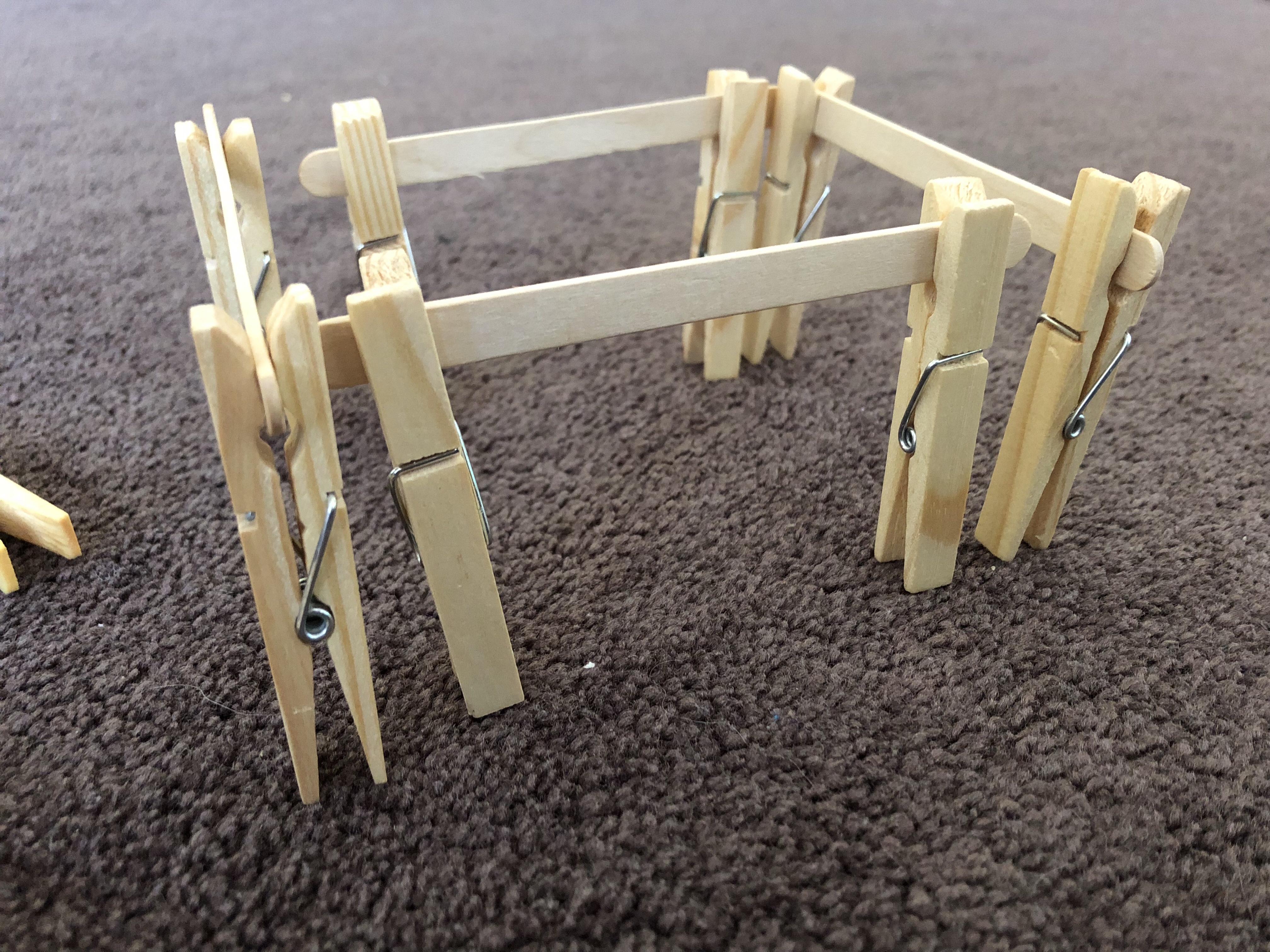
Toys that promote fine motor skills

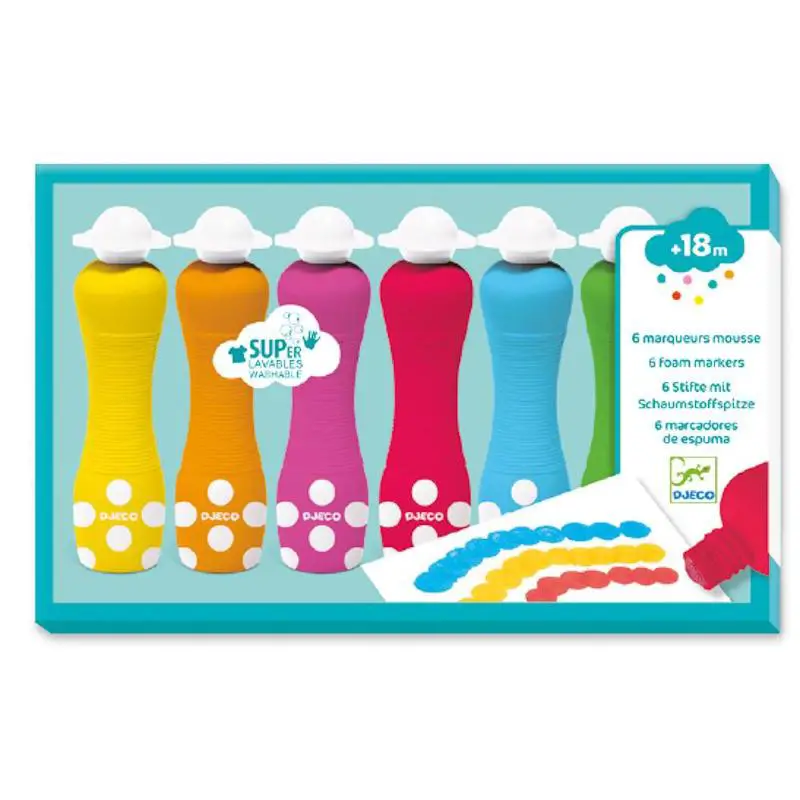







What would you little ones think of these activities?
Tag me in! @playinspiredmum




